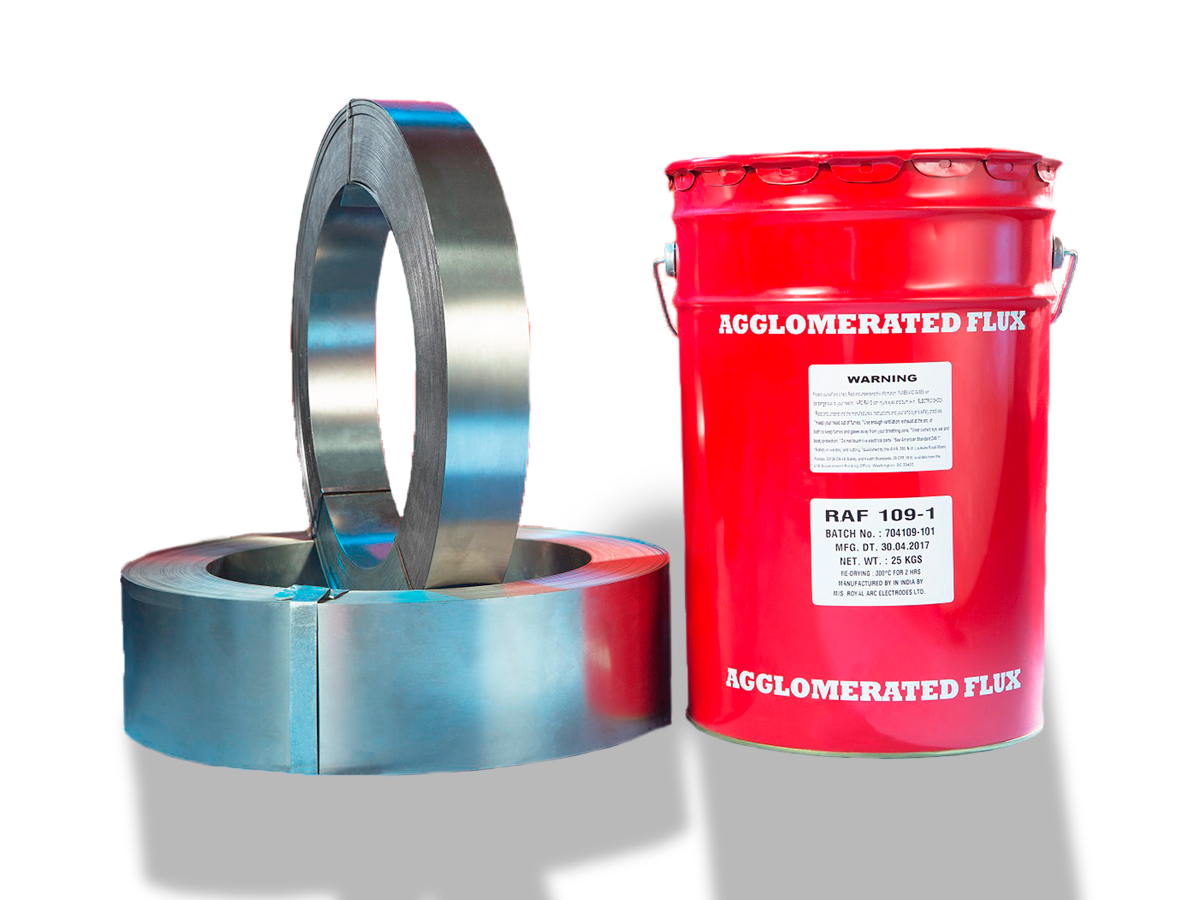
Strip cladding methods and benefits
The typical low alloyed economical base metal serves primarily as a load bearer. Cladding is a common welding technique that involves depositing material with required qualities on the base material’s surface. As a result, surface qualities like wear resistance, corrosion resistance, and much more are imparted to the substrate by the deposited sophisticated material. Surface techniques are becoming increasingly relevant to pressure vessel manufacturers. Hence, for manufacturing purposes it requires clad materials to grow to the point.
Electroslag strip cladding and Submerged arc, among all welding methods, offer the highest deposition rate, enhanced bead properties, and seamless operation with essential welding equipment. A wide variety of materials makes use of the strip cladding as it is a versatile procedure. Because it is commonly used to clad finish formed components, it avoids the issues from hot or cold forming.
Several submerged-arc welding process with strip modifications is highly valuable in increasing surfacing capacity.
Now let's see the process and benefits of each strip cladding method.
Strip Cladding Process(Submerged Arc)
Principle and benefits:
There is no significant difference between wire-based submerged arc welding or strip cladding. Strip cladding can be done with standard submerged arc materials, in which the wire replaces a strip. The adjustable feed rollers and contact shoes on the welding head accept strips rather than wire.
An electrical arc between the base material and welding strip is formed under mineral flux protection to provide the desired energy to melt the strip and the base material.
Flux applies on dual sides of the strip. The base metal and strip are constantly molten under a layer of molten flux during the operation. After solidification, a thin slag layer covers the metal that deposits.
The following are the key benefits of the strip process versus wire processes:
A consistent penetration
Limited penetration and low levels of dilution allows for a reduction in the number of layers required to achieve the desired qualities.
The deposit quality is high and consistent; the beads' distinctive solidification pattern ensures a very homogenous distribution of alloying components in the metal(deposited). Due to the lack of core solidification lines, classic hot cracking materials have very low sensitivity.
• Highly flat surface with only a few bead overlays
• Switching from wire to strip has a minimum initial investment cost.
• High level of repeatability
• High rates of deposition
Electroslag Strip Cladding Process:
Principle and benefits:
The strip surfacing technique of electro slag strip cladding is a more recent discovery.
People continuously feed a strip electrode into a shallow layer of molten electroconductive slag, which is essential. The Joule effect, caused by the welding current flowing through the liquid electroconductive slag, generates the heat required to melt the strip, the slag-forming flux, and the base metal's surface layer.
The electro slag strip method begins similarly to a submerged arc cladding process, with the process stabilising into the electro slag mode nearly instantly.
The following are common characteristics of the process:
The front side of the strip takes the flux
A visible weld pool on the backside of the strip
Only visible and infrared radiation, no ultraviolet radiation due to the lack of an arc
An extra feature (magnetic control device) is applied to optimize the weld bead profile.
Primary benefits of the process (Electroslag Strip Cladding)
The electroslag approach gives substantially better deposition rates than the submerged arc strip cladding method, at the same amount of heat inputs and bead thickness, as the submerged arc strip cladding technique.
It is essential to maintain the dilution with the metal to a minimum and typical dilution rates are somewhere between 8 and 10%. The process can obtain the requisite chemical analysis with fewer layers (e.g. low carbon stainless steel in one layer).
ESSC is a very consistent and reliable welding process with a very minimal possibility of faults such as lack of penetration, slag inclusions,etc.
Best practices for Optimum Production:
To get the appropriate weld metal composition, you need to use the right strip electrode, flux, and welding conditions.
Electroslag Strip Cladding requires a special ESSC flux with high electrical conductivity at high temperatures, and this usually occurs with a fluoride-rich flux.
Determine the ideal voltage for ESSC by the flux and have a smaller voltage window than SASC. As a result, a high voltage causes spatter and unstable fusion, while a low voltage increases the possibility of short-circuiting due to the strip adhering to the base metal.
The size and shape of the components to be surfaced dictates the desired strip width . Typical strip electrodes are 0. 5 mm thick 30-60-90 mm wide.
The strong current creates a magnetic field that pulls the molten metal inward. Magnetic steering can help control this impact. When using electro slag strip cladding, apply magnetic steering when the strip width exceeds 60 mm.
Choosing ESSC-specific equipment, accessories, and consumables can help manufacturers succeed.
Consider Return on investment:
Electroslag Strip Cladding may require more equipment than SASC, which may deter some enterprises from considering it. Therefore, cladding is often a high-amperage, high-duty cycle process.
For some processes, the higher productivity and efficiency from increased travel speeds and deposition rates, lower dilution rates, and less welding consumables means a return on investment of only a few weeks.
In addition, knowing which applications are most suited for the ESSC process can maximise the advantages and reduce costs.
An alternative that increases productivity:
Electroslag Strip Cladding can quadruple travel speed, boost deposition rates, and reduce dilution rates in automated processes.
These productivity and efficiency benefits of Electroslag Strip Cladding can help firms save time and money while increasing competitiveness and profitability.
